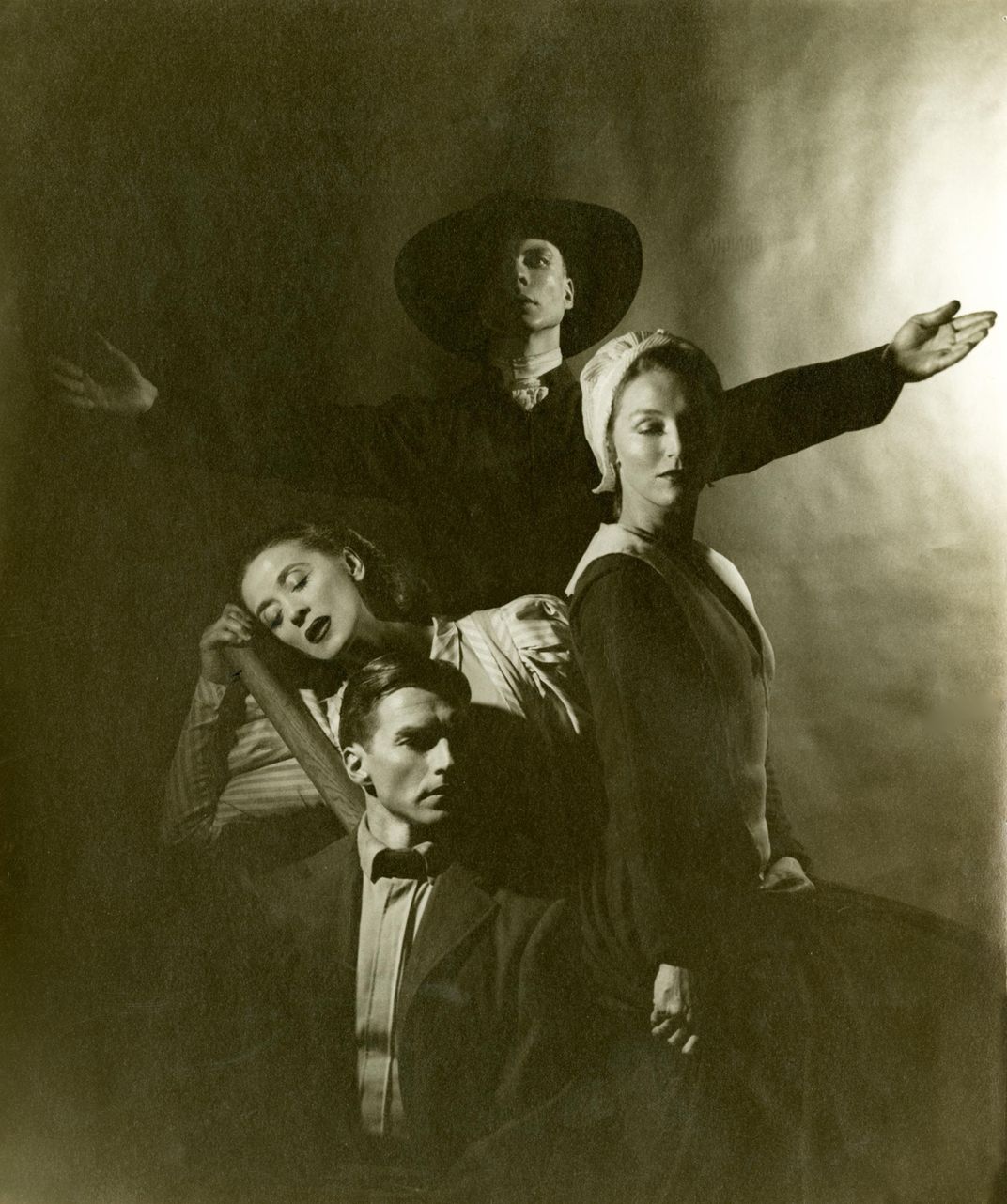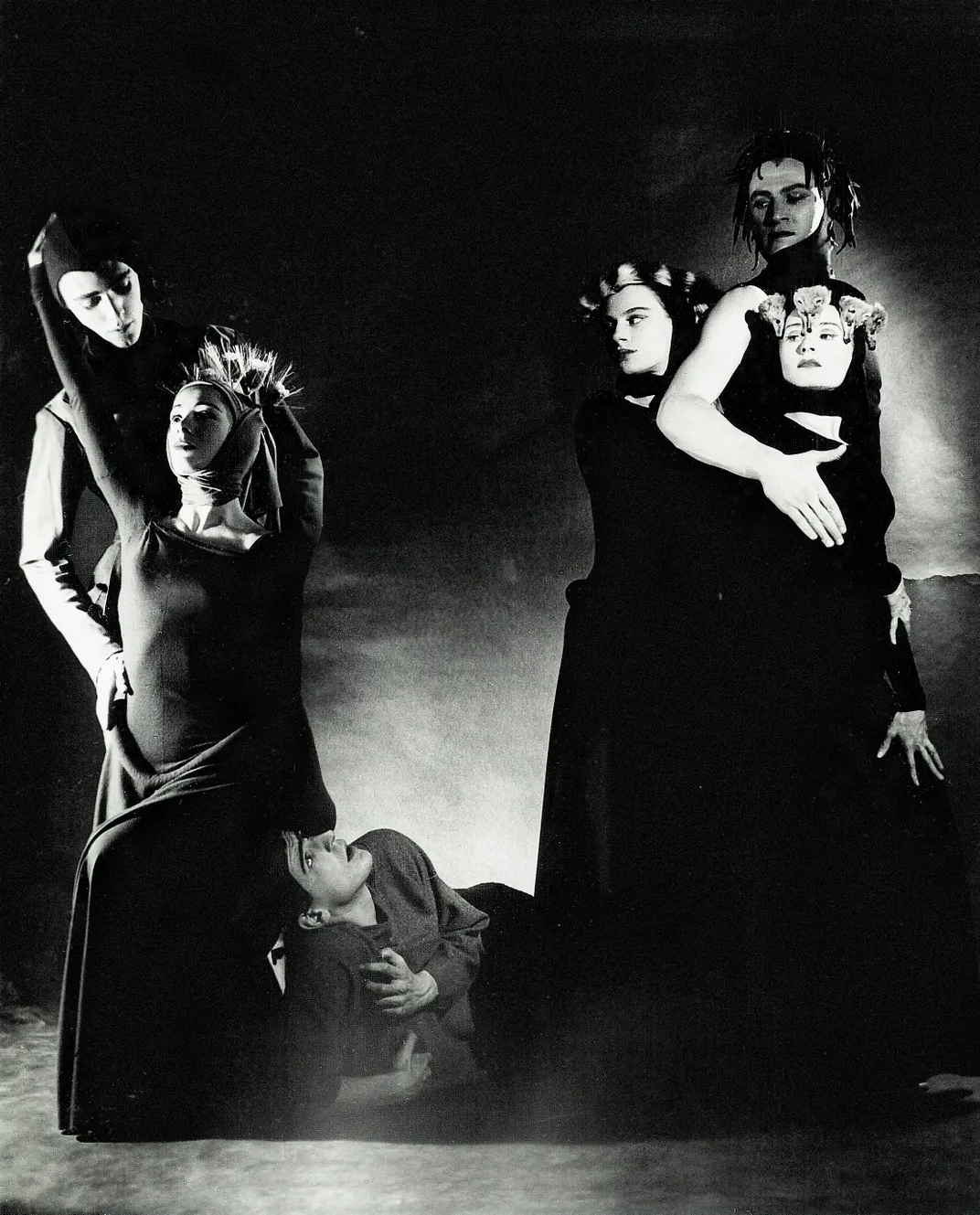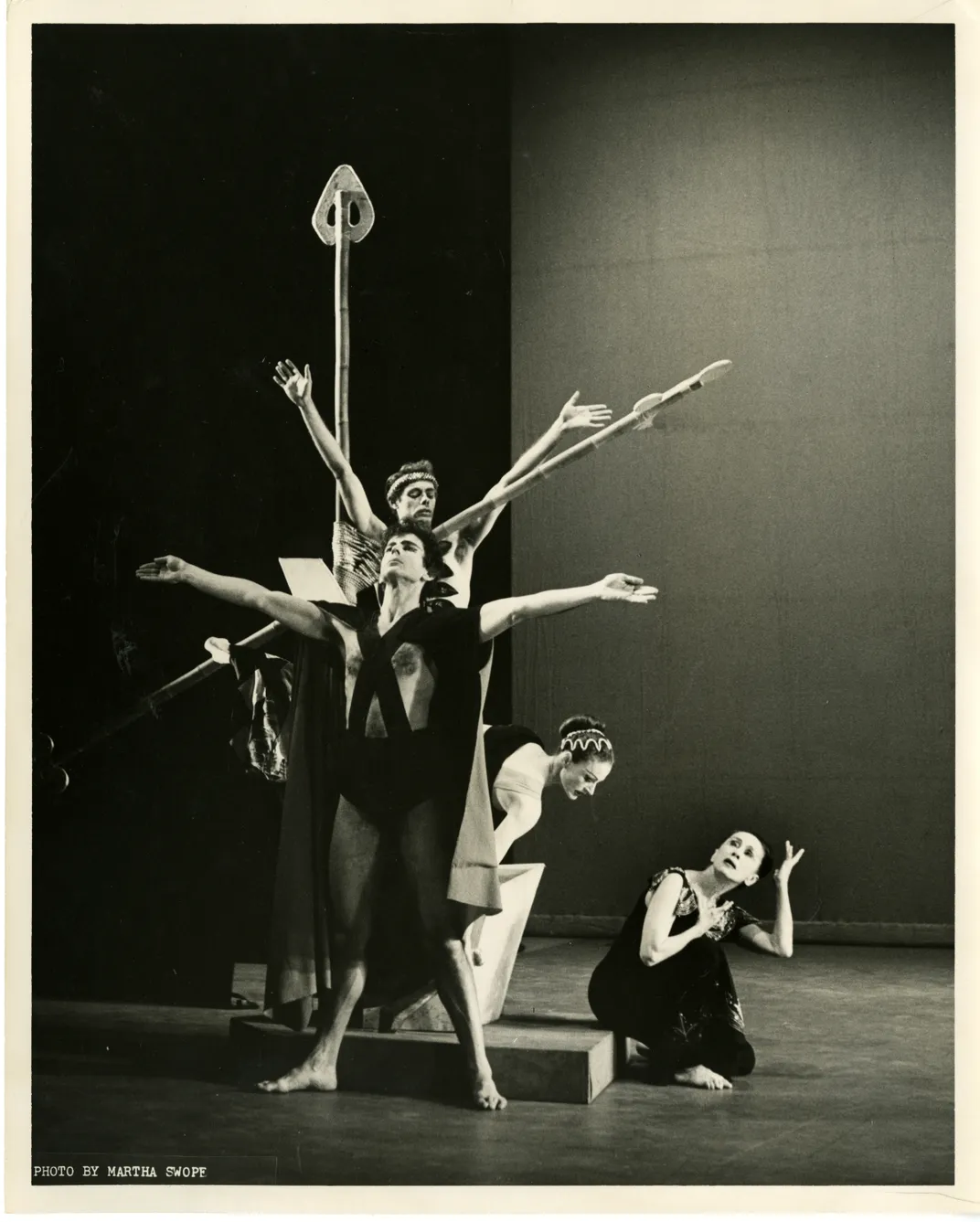New York Public Library Acquires Archive of Modern Dance Pioneer Martha Graham
The trove includes photographs, scripts, recordings and correspondence
/https://tf-cmsv2-smithsonianmag-media.s3.amazonaws.com/filer/bc/59/bc59c896-904a-4226-90aa-ad915cbada45/2020_may13_marthagraham1.jpg)
On Monday—the 126th anniversary of modern dance pioneer Martha Graham’s birth—the New York Public Library for the Performing Arts (NYPL) announced its acquisition of the artist, teacher and choreographer’s life archive.
Graham established the Martha Graham Dance Company—now the oldest of its kind in the United States—in 1926. Prior to her death in 1991, she choreographed 181 works characterized by their use of sharp, direct movements and experimental forms of contraction and release.
The new acquisition stems from Linda Murray’s hiring as the library’s dance curator in 2015. As Murray tells Gia Kourlas of the New York Times, Graham’s archive was conspicuously absent from the cultural institution’s otherwise sterling collection.
“For the dance division, it really was the only significant gap left that we had in telling the story of early American modern dance,” says Murray. “We’ve had material belonging to Martha Graham in the archive for a very long time, but Martha herself, throughout her lifetime, had always said that she didn’t want there to be an archive.”
Per a statement, the trove features photographs from Graham’s childhood and career, set drawings, choreographic notes, scripts, correspondence, and more than 400 audio and video recordings. Sets and costumes still used by the dance company were not included in the archive, according to the Times.
Placing the archive with a publicly accessible institution like the NYPL was a top priority for Martha Graham Dance Company Artistic Director Janet Eilber, who tells the Times, “It’s not just, ‘We can keep your films in a refrigerator.’ It’s, ‘We can do so many multifaceted things with these archives.’”
Temporarily shuttered by COVID-19, the dance company has started sharing archived recordings of Graham’s performances on its YouTube channel, reports Robert Greskovic for the Wall Street Journal. These “Martha Matinees”—accompanied by a live chat with Eilber and other viewers—air at 2:30 p.m. Eastern time on Wednesdays and Saturdays.
So far, sessions have highlighted Graham’s Appalachian Spring, a 1944 ballet centered on a frontier couple’s wedding and set to the musical musings of composer Aaron Copland; “Chronicle”: Dancing Resistance, a 1936 work choreographed in response to an invitation to the Olympic Games in Berlin; and a 2019 performance of the 1944 ballet Hérodiade. A matinee of Lamentation, meanwhile, compiles multiple performances of the solo dance piece.
“It’s a black-and-white silent movie, circa 1935, that best gets to the heart of the work. The recently discovered footage, for all its graininess and lack of music, reveals more nuanced and intriguingly timed movement,” writes Greskovic for the Journal. “In 1943, posturing artfully through her dance for the camera, she articulates her choreography with calculation; in the earlier example, her gestures feel more spontaneous and affecting, with some of the sudden changes for her arms seeming to block a body blow.”
The Martha Graham Dance Company began digitizing and restoring its archives in 2011. But when Hurricane Sandy struck New York in October 2012, many costumes, set pieces and documents were damaged, according to the Times. The NYPL will continue these cataloging efforts upon reopening. Murray estimates that the paper records will take eight months to work through, while the audio and moving images will require closer to two and a half years.
“Martha Graham is a giant in the American cultural landscape,” says Murray in the statement. “Her codification of the philosophical ideals of modern dance created a new mode of expression that still underpins the training of dancers across the globe today.”
Once the library begins looking through the archive more in-depth, Murray sees an opportunity to draw connections with other materials in its collections, including documents from Graham’s musical director, Louis Horst, and fellow choreographer Agnes de Mille.
“They were legendary frenemies,” Murray tells the Times. “I know we have letters in Agnes’s collection from Martha, so I’m wondering what’s on the other side? There are relationships that we don’t yet know about that will start to become clear to us when we get into this archive.”


